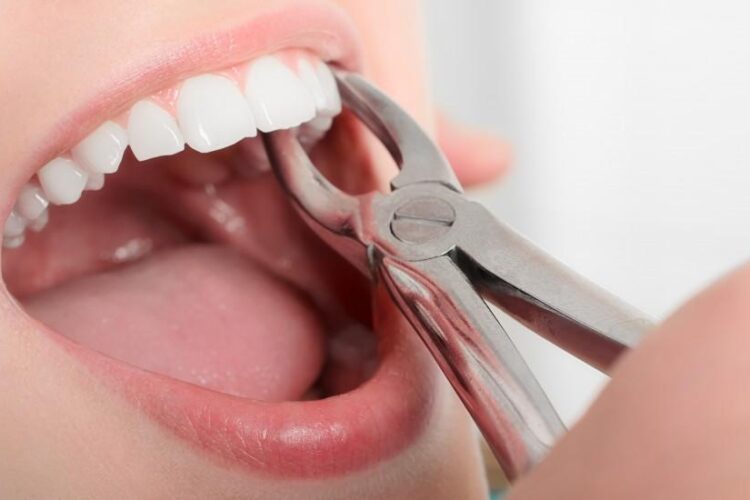Dentistry, the science and art of maintaining oral health, includes a variety of operations designed to protect the structural integrity of our teeth. But occasionally, tooth removal becomes necessary and cannot be avoided. A tooth extraction is a process that needs careful deliberation and competent dental care, whether it is due to severe decay, infection, crowding, or trauma.
Although it may seem complicated, tooth extraction is a routine dental surgery by trained specialists to relieve discomfort, avoid further problems, and restore oral health. While the thought of removing a tooth may be intimidating, it is essential to understand that tooth extraction is a routine and often necessary procedure that can significantly benefit your oral health. West San Diego family dentistry helps with routines and all the necessary procedures.
Various kinds of tooth extractions:
- Simple Extraction: This procedure is used to remove a tooth that is protruding above the gum line. To release the tooth before removing it from the socket, the dentist gently rocks it back and forth while holding it in place with forceps.
- Surgical Extraction: This more involved method is used when a tooth has broken off at the gum line or has not fully erupted. To access the tooth, making an incision in the gum and removing some bone might be necessary. The wound may need to be closed with stitches.
Procedure and Anesthesia:
To achieve a pain-free extraction, your dentist will first apply a local anesthetic to the area around the tooth. In some cases, general anesthesia may be used, particularly for surgical extractions or for patients with dental anxiety.
Post-Extraction Care:
After the tooth is extracted, your dentist will advise you on how to take care of the extraction site. This typically entails:
- Gently biting down on a piece of gauze to stop the bleeding
- Ice packs are used to minimize swelling
- Adhering to a soft diet for a few days and staying away from chewy or hard items
- Utilizing essential antibiotics and prescription painkillers
- Keeping up with good dental hygiene by avoiding the extraction site while gently brushing and rinsing your mouth
Potential Complications:
Although tooth extraction is often safe, problems can happen, albeit infrequently. Infection, dry socket (a painful condition when the blood clot in the socket is removed or dissolves), harm to the surrounding structures, and excessive bleeding are a few examples. It is important to follow post-extraction instructions and promptly report any unusual symptoms to your dentist.
Replacement possibilities:
To preserve oral function and appearance after tooth extraction, it is important to think about tooth replacement possibilities. The space left by a missing tooth can be filled with dental implants, bridges, or dentures.

